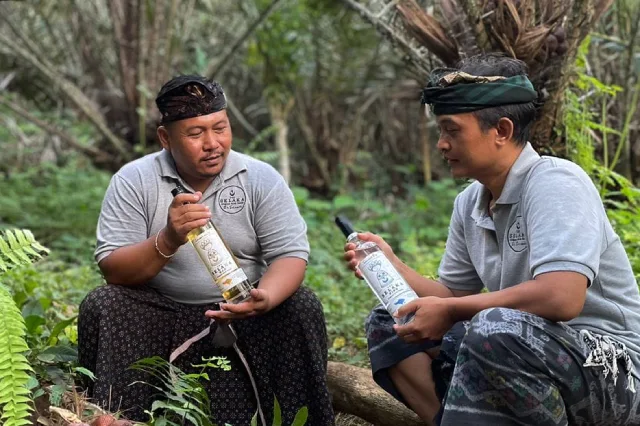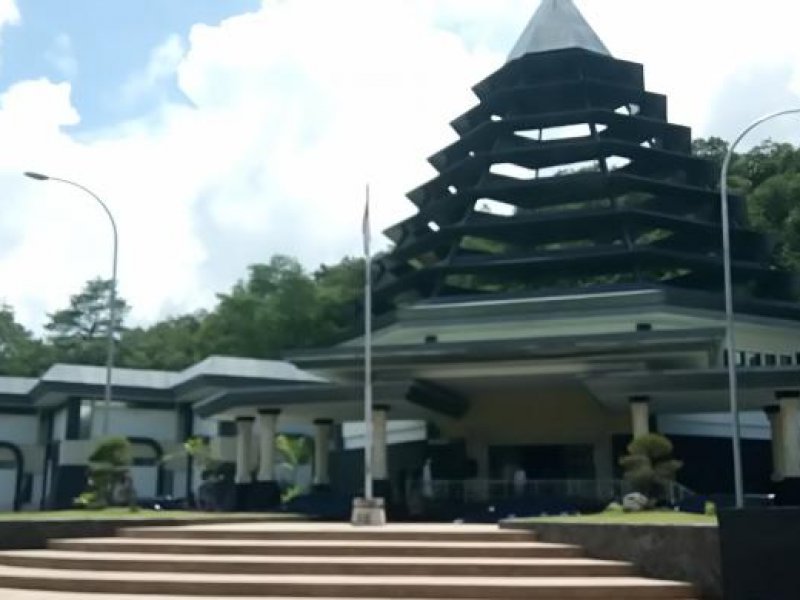Batur Geopark Museum is located on Jl. Raya Penelokan, Kintamani. This Museum situated on the south slope of Mount Batur presents a variety of information about national and global geopark. The museum building is designed based on the concept of the earth park, which consists of geological, biological, and cultural diversity.
Previously this Museum is known as the Museum of Volcano Batur. Batur Geopark Museum was built after the Batur Caldera region was accepted as a member of UNESCO global geopark network (now UGG: UNESCO Global Geoparks) in September 2012.
In this Museum we can find many interesting information related to the geology that is showcased in several dioramas, one of the most interesting diorama is about the formation process of Bali Island which has two volcanoes named Mount Batur and Mount Agung. In this diorama explained Bali Island formed from the existence of volcanic activity under the sea more than 23 million years ago in the east of Java. Underneath the earth, there is a hot magma that melted the crust of the earth, known as a hotspot. Then there is deposition under the sea that allegedly came from rock erosion, which was found in the eastern part of Java Island. First, it formed a coral reefs, then it stopped growing and became limestone reefs. Some of these layers were located in the southern part of Bali Island and on the island of Nusa Penida, which is why the south coast of Bali and Nusa Penida are mostly land of limestone.
Besides, other dioramas tell about other volcanoes in Bali such as volcano Buyan-Bratan and Batur that did not stop. 30,000 years ago. Mount Buyan-Bratan erupted and released the ignimbrite and lava. This volcanic activity on the island of Bali continued to shifts toward the east along with the movement of Ancient Mount Batur. The eruption that occurred 30,000 years ago was caused the rest of the body of Ancient Mount Agung collapsed, volcanic activity continued to move and shifted to Mount Agung which produced sediment. Mount Agung Lava breaks through the southeastern part and becomes Mount Pawon as a Parasitic Mountain. The last volcanic activity that composed the island of Bali is the Lesong Mountain of Fire.

























